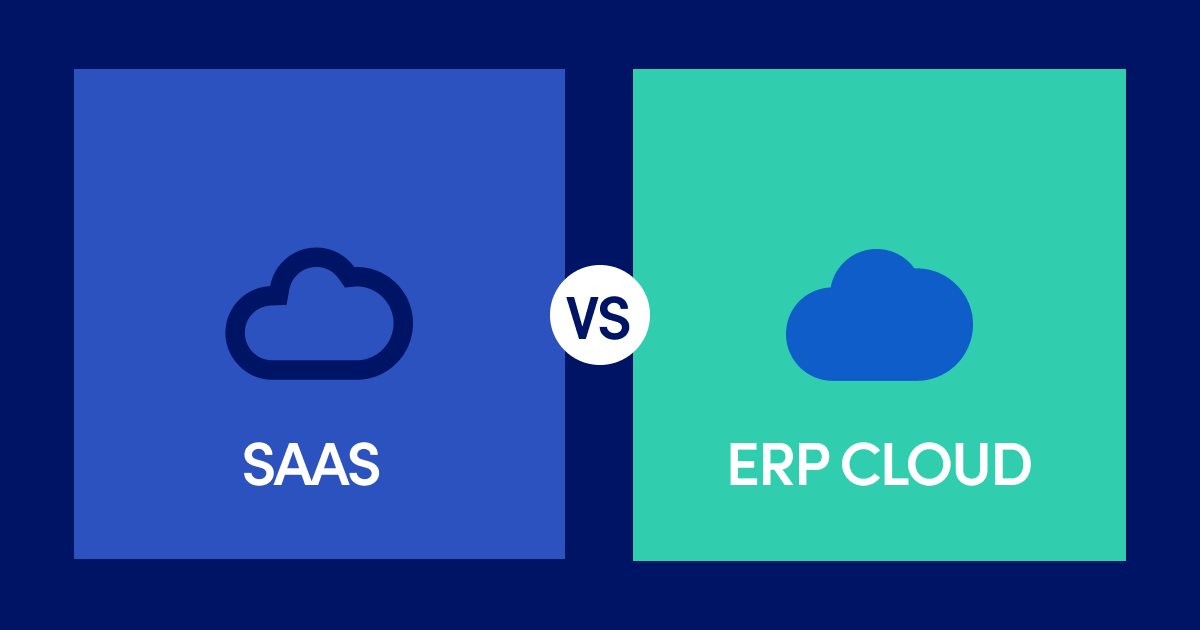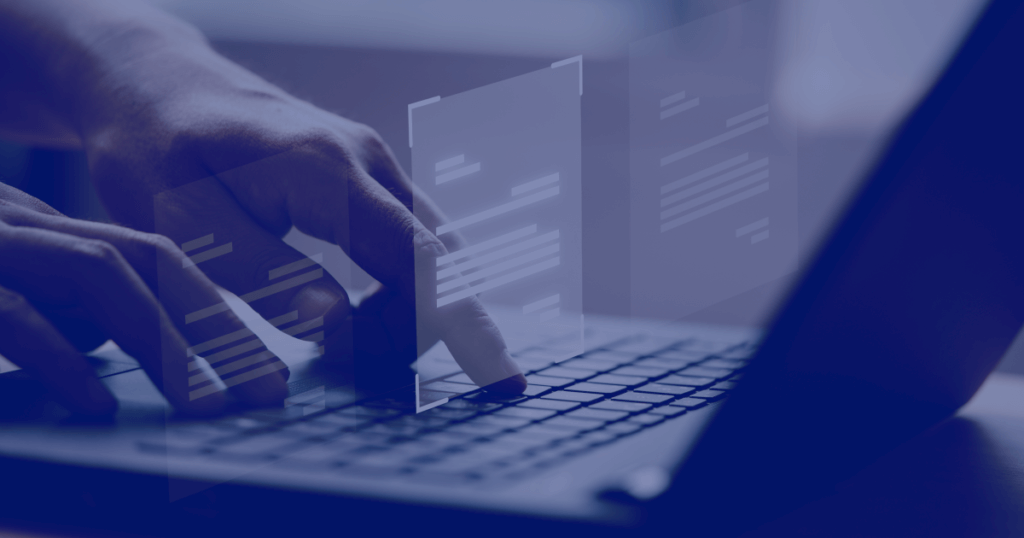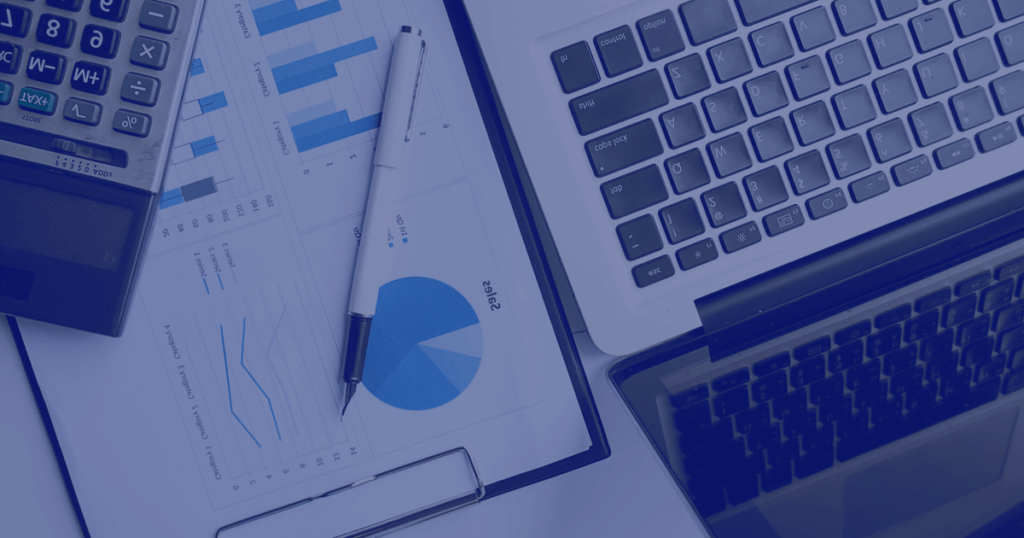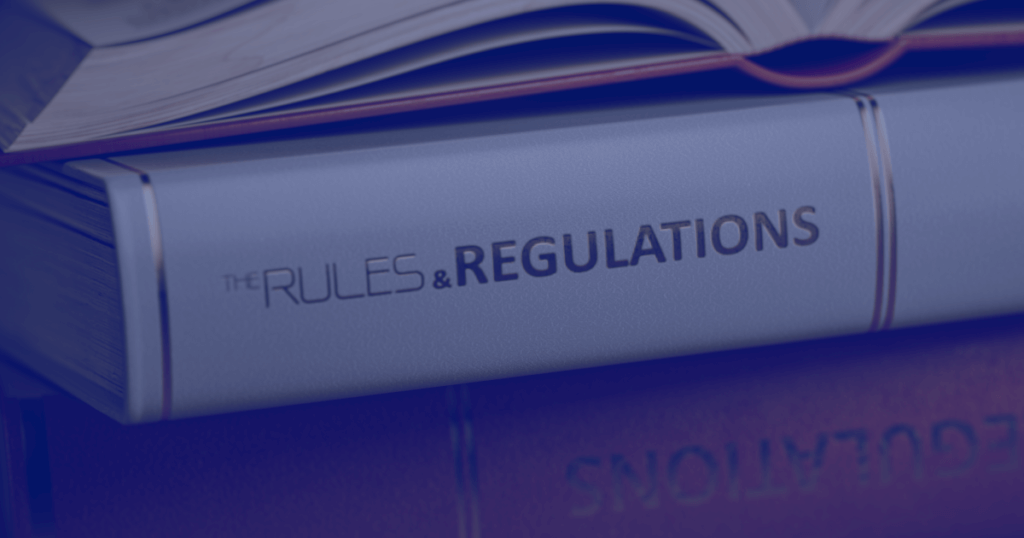Enterprise Resource Planning systems are now the backbone of organizations across all industries. They help them manage their processes, including accounting, procurement, projects, supply chain and production. However, for many IT departments, ERP systems often mean large, costly and very time-consuming implementations and deployments. Most of the costs go into hardware or infrastructure investments.
That is why most popular enterprise systems are nowadays in the cloud. And no wonder – they take significantly less time to integrate that on-premise systems, and bring RO much faster.
In this article, we will discuss two major cloud Enterprise Resource Planning (ERP systems) – SaaS ERP and cloud ERP. The advent to cloud computing and SaaS deployments are changing the way businesses are thinking about ERP.
We will detail what SaaS ERP and cloud ERP are, what benefits they bring for business and what are the differences between those two.
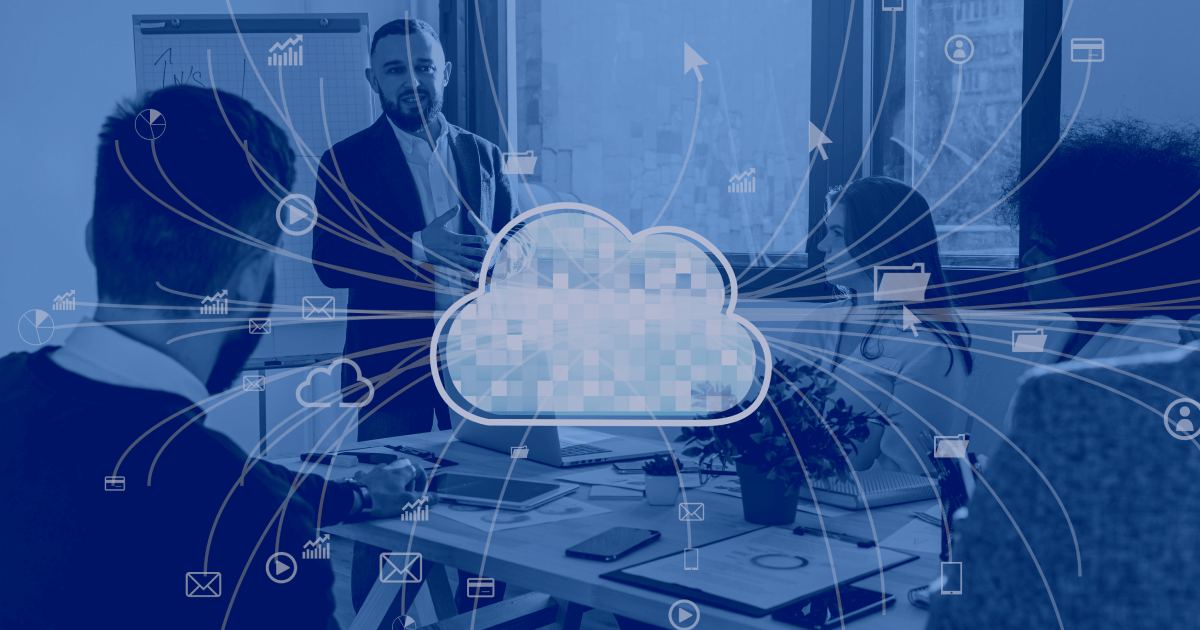
What is cloud ERP?
Enterprise Resource Planning system in the cloud is business software designed to run and manage enterprise data. Contrary to the on-premises model which runs on an organization’s on-premise server, cloud ERP is managed and delivered through remote servers. That frees the IT team from the responsibility for managing the system, which naturally reduces the IT maintenance costs.
In the case of cloud ERP systems, companies pay vendors for specific resources and the functionality that they need. It is also the vendors who handle the maintenance and updates both to hardware and ERP software. Users can customize the cloud ERP by adding or removing the resources depending on their business needs and requirements, if they, e.g. do not need certain components of features anymore. This makes ERP cloud much more flexible – and also scalable – when compared with an ERP on-prem system. Cloud ERP can be both public and private.
Cloud ERP can be accessed through the Internet which makes it possible for the companies to share data and collaborate with suppliers, partners and customers more easily. This also results in higher cost savings. Cloud ERP systems are also considered safer as cloud services offer increased data and privacy security that traditional on-prem systems and databases. Still, some IT and business leaders claim that there are certain concerns as to whether a vendor can access sensitive information.
However, the benefits of a cloud ERP solution cannot be denied.
The most obvious ones (apart from the ones mentioned above) are also: increased productivity as cloud ERP offers a wide range of features updates and tool that increase the overall production capacity and results, and accessibility of your data – with a cloud ERP, your only need a username and a password to connect to the software.
According to Gartner (2018), the reasons for purchasing cloud ERP software are to:
- Improve business processes (64%)
- Replace the current ERP system that no longer meets the business needs (48%)
- Replace the current ERP system that are old/ unsupported (47%)
- Use it as part business transformation initiative (43%)
- Start an overall organization’s move to cloud (a cloud-first strategy (35%)
- Generate cost savings in IT and operations (30%)
- Enhance decision making (30%)
- Replace current ERP systems that are too expensive to upgrade (15%)
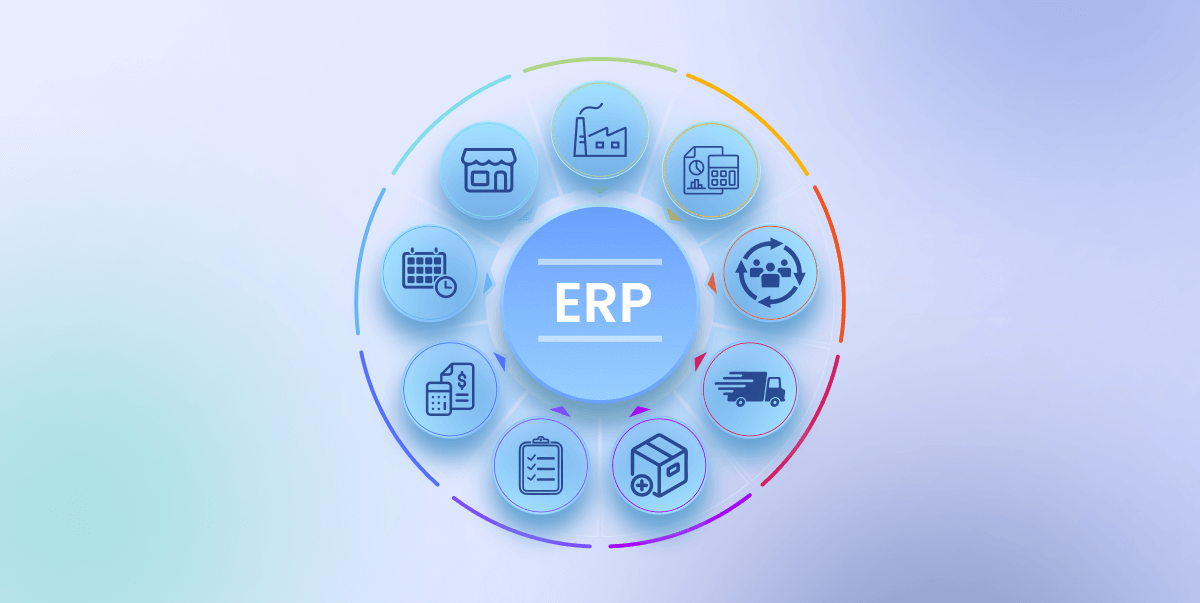
What is SaaS ERP?
SaaS (Software-as-a-Service) ERP is the second most popular ERP software that runs on vendor’s servers. Software updates are done through the vendor and they usually happen on a quarterly basis. SaaS ERP is sold through a monthly subscription per user and it is distributed as a service via the Internet (hence the name). There is no need to buy the hardware or license the software.
SaaS ERP usually uses a multi-tenant SaaS architecture. Each tenant is kept separate by the vendors, although tenants share supporting infrastructure database and the software instance. It is a frequently chosen system as a second tier for an organization’s ERP ecosystem.
The main benefit of SaaS ERP systems is that they are designed to be easy to use out of the box. Another plus is that it is the vendor who manages updates and maintenance. This results in better system security; ERP systems being protected from threats and crashes and most importantly – lower IT costs. There is, however, a downside to this model as most of the time vendors offer standard functionalities which leaves almost no room for customizations.
It may happen that vendors offer SaaS ERP as a single-tenant mode whereby a tenant does not share its database or software instance. However, single-tenant SaaS ERP offer enhanced security and privacy (for a higher cost than in a multi-tenant model).
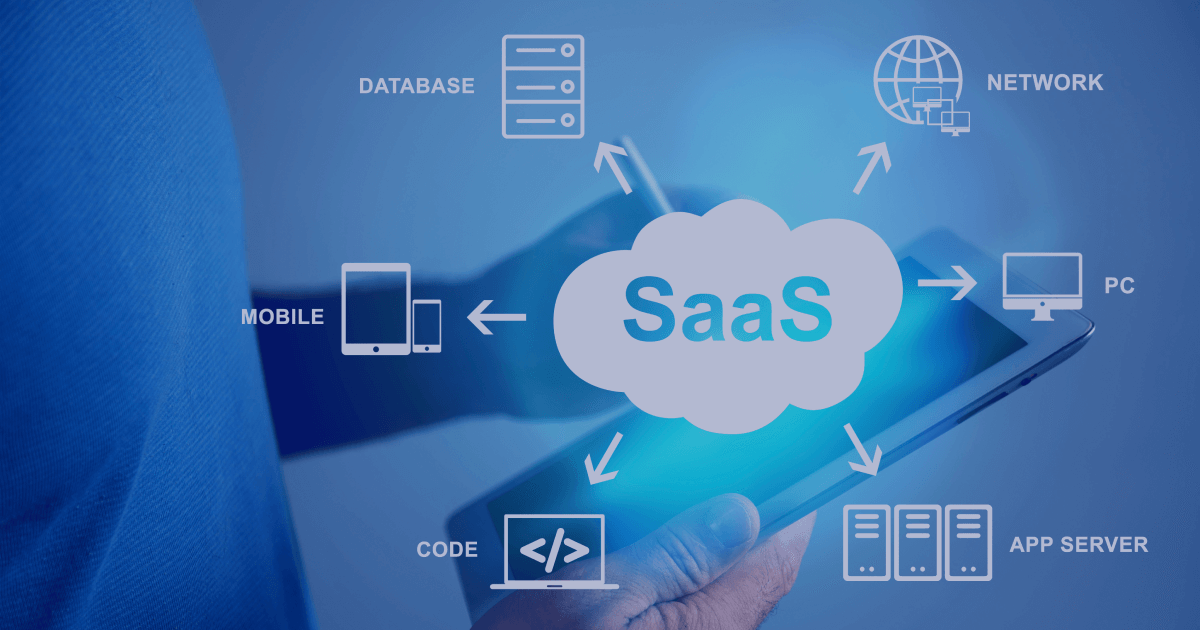
Some other benefits of SaaS ERP worth mentioning are:
- Better and faster scalability
- Lower capital requirements to access innovation
- Automatic upgrades
- Lower operational expenses
- Dramatically shorter deployment times
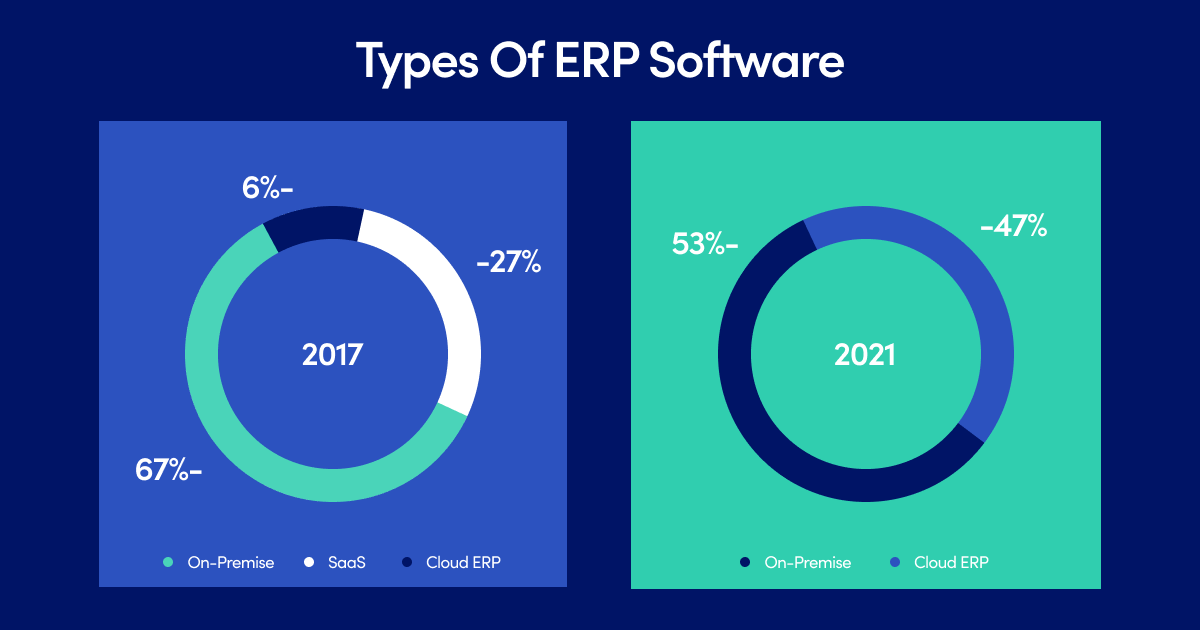
Cloud ERP vs SaaS ERP
Now, which one should you choose? A cloud ERP system or SaaS ERP? It all depends on what kind of organization you are working in.
The choice between SaaS ERP and cloud ERP should also be based on comparing their benefits and costs and ultimately considering the business users and the operations that the system will need to manage.
Cloud ERP: this solutions is recommended for organizations with a unique business model, particularly the agile ones that require tight control over their ERP customizations, businesses with strict security requirements who need to control their data, backups and recovery and the ones that need optimized upgrades and maintenance. Government set-ups and departments usually choose cloud ERP over SaaS ERP. A single-tenant cloud ERP solution offers greater control over the software than the on-prem ERP does and it allows organizations with enough financial resources to have the IT staff take care patches, upgrades and other system improvements.
SaaS ERP: as this software is fully managed by a vendor, it is an ideal fit for organizations that do not need a lot of customizations. Configuration options within the SaaS ERP are designed to meet the needs of the majority of the customers in the target industry of the provider. This solution is mostly beneficial for startups. SaaS ERP offers a fast implementation path, lower initial costs and seamless scalability. There are no costs involved in in either installing or maintaining the software.
See our Microsoft Dynamics 365 Implementation Services to find out more.

